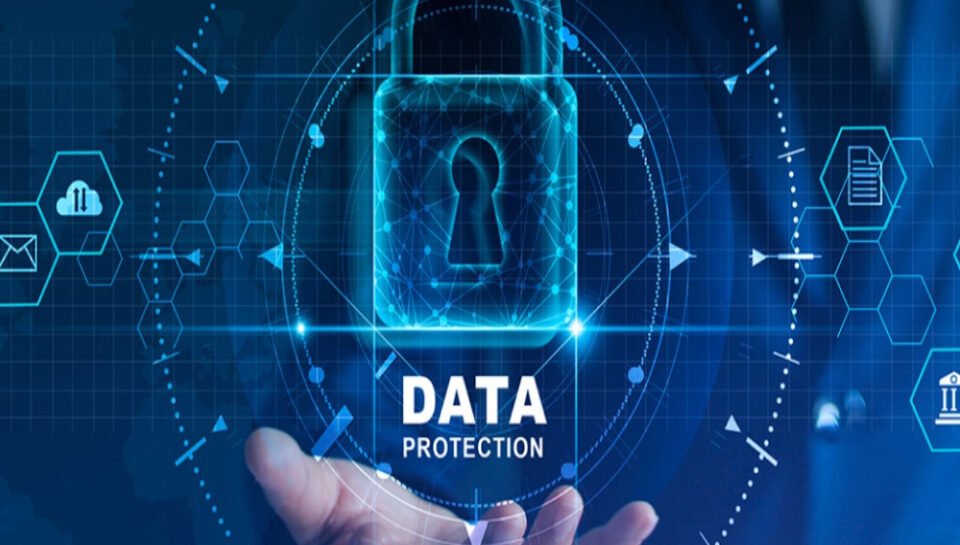
How should Indian companies handle website data protection and recovery?
Strong Access and Authentication Controls
- Use role-based access to restrict admin controls only to trusted personnel.
- Enable two-factor authentication (2FA) for all admin and hosting accounts.
- Regularly rotate passwords and avoid using shared credentials.
- Log all admin activity for audits and breach forensics.
- Limit FTP or database access to specific IPs or verified devices.
Encryption and Secure Storage
- Encrypt sensitive data in transit using HTTPS/SSL certificates.
- Secure user data at rest using hosting-level encryption and CMS tools.
- Do not store card, OTP, or CVV data locally — use tokenization through RBI-approved gateways.
- Use secure database configurations and avoid using default credentials.
- Cloud backup copies should be encrypted and stored in geo-redundant locations.
Disaster Recovery Plan
- Create a documented disaster recovery policy outlining steps for data breach, server crash, or ransomware.
- Assign roles and escalation contacts within the company for rapid response.
- Test recovery drills at least once a quarter to verify restore capabilities.
- Maintain a hot or cold standby server depending on business criticality.
- Store a hard copy of critical recovery credentials and procedures securely offline.
Compliance and User Privacy
- Follow the Digital Personal Data Protection (DPDP) Act for lawful data collection and consent management.
- Display clear privacy policies and cookie consent banners on your website.
- Respond to user data access or deletion requests within legal timelines.
- Do not collect or store unnecessary personal data — follow data minimization principles.
- Maintain logs of how and where personal data is stored, processed, and shared.
Monitoring and Breach Alerts
- Set up automated monitoring for suspicious login attempts, malware injections, or data access anomalies.
- Integrate tools like Sucuri, Cloudflare, or Wordfence for real-time security alerts.
- Use uptime monitors and security audit logs for early breach detection.
- Create a notification plan in case of user data compromise.
- Inform regulators and users within mandated time frames post-breach, as per Indian law.





